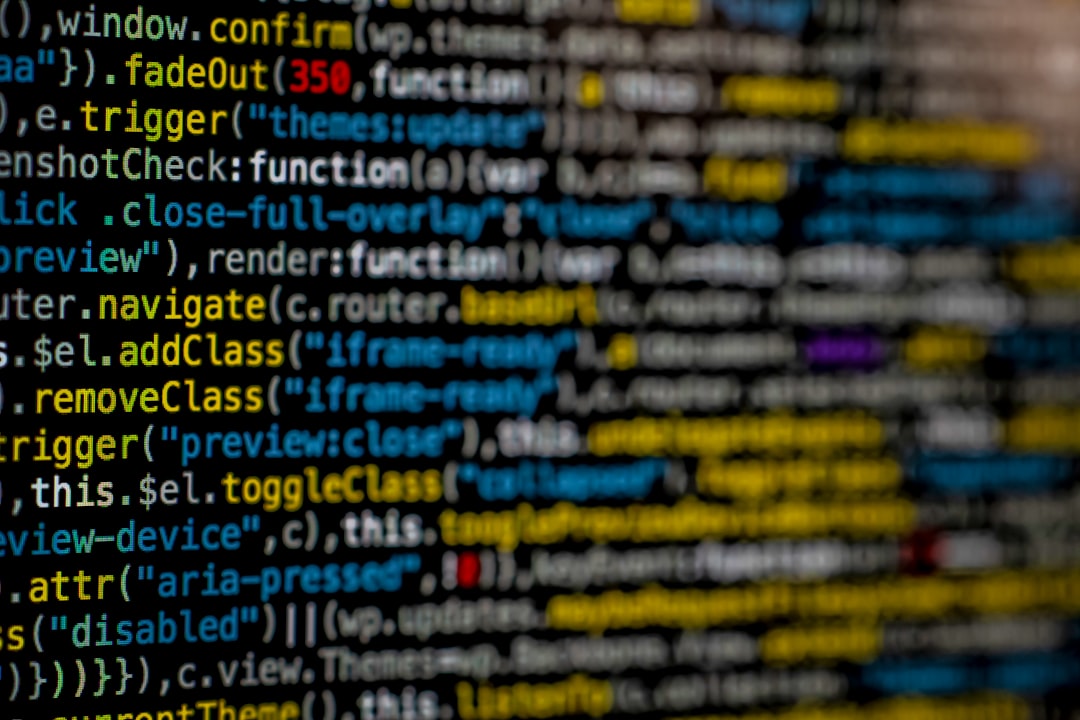
The Directorate General of Informatics Application (DGIA) of the Indonesian Ministry of Communication and Informatics (MOCI) has developed a digital literacy index to assess the state of national digital literacy, map the digital competencies of Indonesians, and develop a framework for measuring digital literacy across Indonesia’s 34 provinces. This will assist the DGIA in achieving its objective of providing digital literacy training to 50 million Indonesians by 2024.
The index uses a self-assessment tool to measure key digital literacy competencies, such as the knowledge and ability to operate
digital tools. However, this assessment method suffers from technical and operational inaccuracy. Consequently, the DGIA cannot identify the specific skill sets that Indonesians struggle with or the segments of society that require greater digital literacy support. This hinders the development of an effective and targeted digital literacy training program.
Given the limitations of self-assessment, the DGIA should use performance-based assessment to evaluate the technical and
operational competencies under digital skills and knowledge of other aspects of digital literacy like digital safety, digital culture, and
digital ethics. Performance-based assessment should evaluate users’ completion of various simulated tasks using software to evaluate
ability to operate hardware (computer) and software (i.e., web browsers, email, virus/ privacy settings), and knowledge of other digital literacy components (i.e., digital safety). The DGIA should consider the iSkills Assessment for ICT Literacy developed by the Educational Testing Service (ETS), since the scenarios assessed correspond to the tasks set as indicators for the index’s digital skills pillar.
To accurately evaluate the ability to detect fake news, the DGIA should have users categorize which news headlines are false from a set of both true and false news headlines distributed in randomized order. This will help the DGIA improve the reliability of their assessment and reduce the likelihood of guessing from the users. The discernment ability test developed by Benjamin A. Lyons can serve as a reference.
The DGIA should provide paper-based assessment options for the evaluation of both digital skills and the ability to identify fake news
in anticipation of poor access to hardware and the internet in some parts of Indonesia. The DGIA can refer to the Test of Technological and Information Literacy (TILT), which examines the seven components of ICT literacy encompassed in the ETS’s iSkills Assessment, to develop this paper-based assessment.
Evaluation of soft skills like digital culture and ethics is compatible with self-assessment. A data quality technique such as the overclaiming technique should be employed to improve the self-assessment methodology used by the DGIA.
The DGIA should develop differentiated analysis for rural village communities and school-aged children that identifies the unique challenges, skills, and capacities of each target demographic. This information would inform the development of targeted digital literacy training and support programs to meet the digital literacy needs of diverse and vulnerable segments of the population.
The DGIA can leverage insights from the index by using index data to assess the annual performance of local governments in improving
digital literacy, which will determine their budget disbursement. This will encourage the development of innovative and targeted digital literacy initiatives and strategies as well as motivate stakeholders to maintain an adequate performance on the index.



